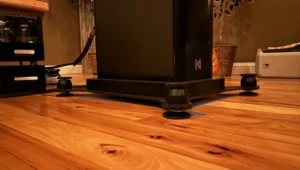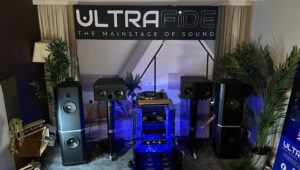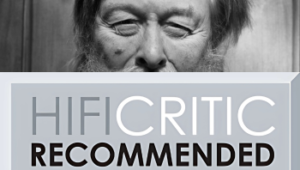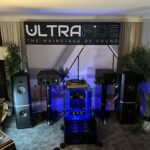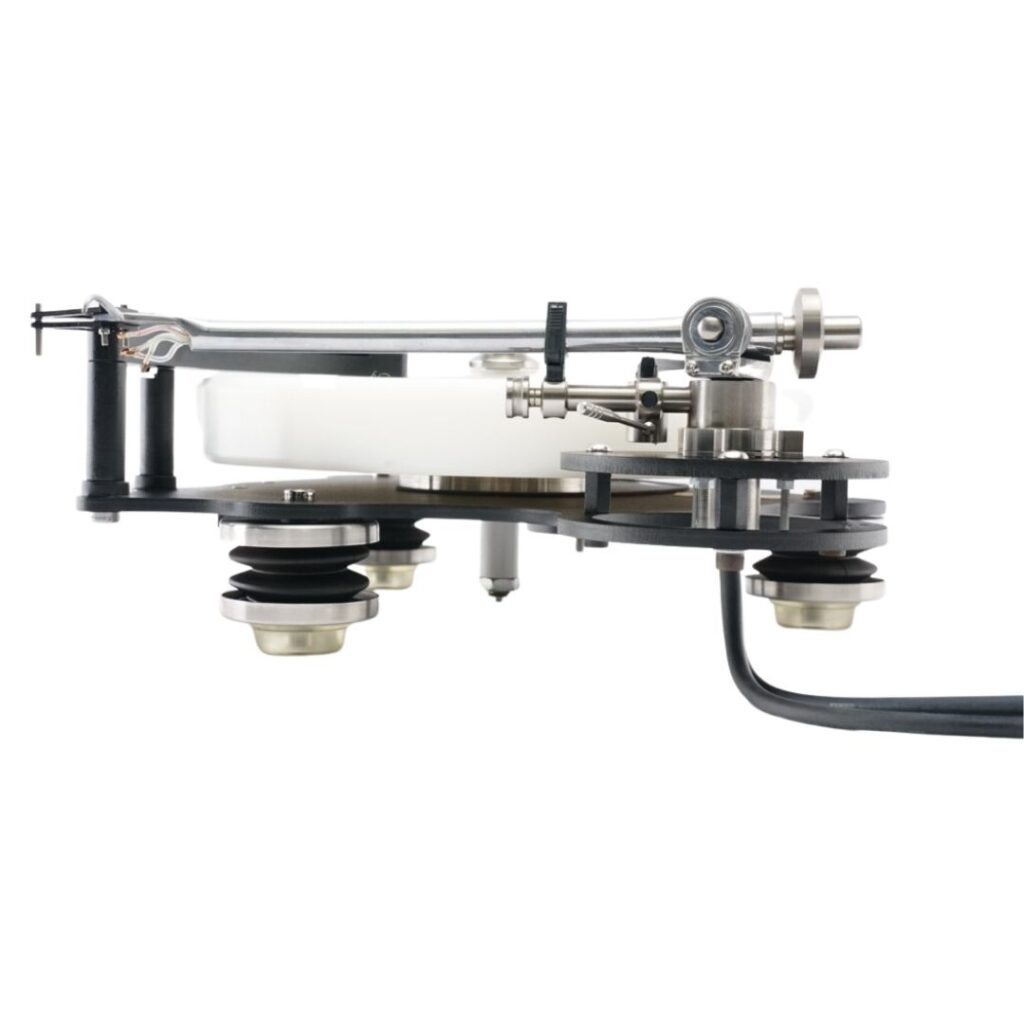

Audiorom: The key is measurement, simple as that.
Welcome to Audiorom.com, the haven for audio enthusiasts. Join MJ as he embarks on an exploration of the diverse world of audio equipment isolation techniques available on the market.
In this journey, MJ delves into the performance of the Townshend Seismic Podium, an exceptional isolation solution, meticulously testing it under the weight of his Wilson and Baneash speakers and subwoofer. The outcomes, both in the realm of musical experience and through precise measurements conducted using an accelerometer, are nothing short of remarkable.
Stay tuned as we reveal these results, where the data itself will eloquently convey the story of this sonic adventure.”
Comparing various isolation techniques can be a challenging endeavor, often subjective in nature. However, it can be approached objectively through the use of an accelerometer, which provides valuable insights into the behavior of vibrations at a micro level.
Commonly utilized methods, such as employing metal balls or polymers, demonstrate effective isolation down to approximately 12Hz. Nevertheless, other techniques extend their efficacy to even lower frequencies. One such example is the Townshend Seismic devices, which incorporate a low-pass filter designed to mitigate vibrations that may adversely impact high-fidelity audio systems.
In this study, we employed an accelerometer to assess the performance of a Townshend Seismic platform when subjected to subwoofer-generated vibrations. The resultant data, as presented below, offers a compelling demonstration of its isolation capabilities.”
“Don’t expect the focus that makes sound brittle, nor the tube-like lucidity. In fact the focus of the Seismic podiums is very “un-hi-fi”. You know, when a piano player is onstage 3 rows from me then I hardly ever focus on whether the imaging is right. Why should I, can it be more 3D than having a real person with a real instrument in front of you? I take the ‘imaging’ as granted and rather focus on music. And this is the perspective that the Townshend platforms offer – it is free of typical hi-fi artifacts and wow effects, and its images are not hyped versions of reality – rather it lets you forget that there is any kind of hi-fi.
With the speakers on podiums (vs Cerabases) the piano played by Cyrus Chestnut in Reckless Blues on Madeleine Peyroux’s Dreamland) became more present in the room. The sheer nonexistence of perceived bass bloom and smear removed the last bits of any imaging unspecifity, those that I was not aware of until the Seismic Podiums were employed. Youn Sun Nah’s Calypso Blues from her Voyage album has an intense double bass melody that I could play louder with the Podiums without hearing any negatives in the track’s spectral balance or spatiality.”Similar benefits were heard with the Seismic Podium under the subwoofer. It improved the bass accuracy and timing. The energy of the cabinet with a moving woofer was sucked by the corner pods obviously, as I could feel significantly less vibrations when I placed my hand on the subwoofer. When seated I also clearly felt that the floor is trembling less under my feet. It happened to me more than once that I actually stood up and went to check the subwoofer whether it was on, and because it always was on I touched the woofer’s cone (which fires to the floor) if it was moving. It was and I could hear the subwoofer in the music, but I could not sense it through the feet or through the armchair I was sitting in. The resonances simply disappeared or they were suppressed to a high degree at least. I used Android MyFrequency app’s accelerometer placed on top of the sub to check whether I could measure the difference. No matter how sensitive or insensitive this app is this is what I got:

